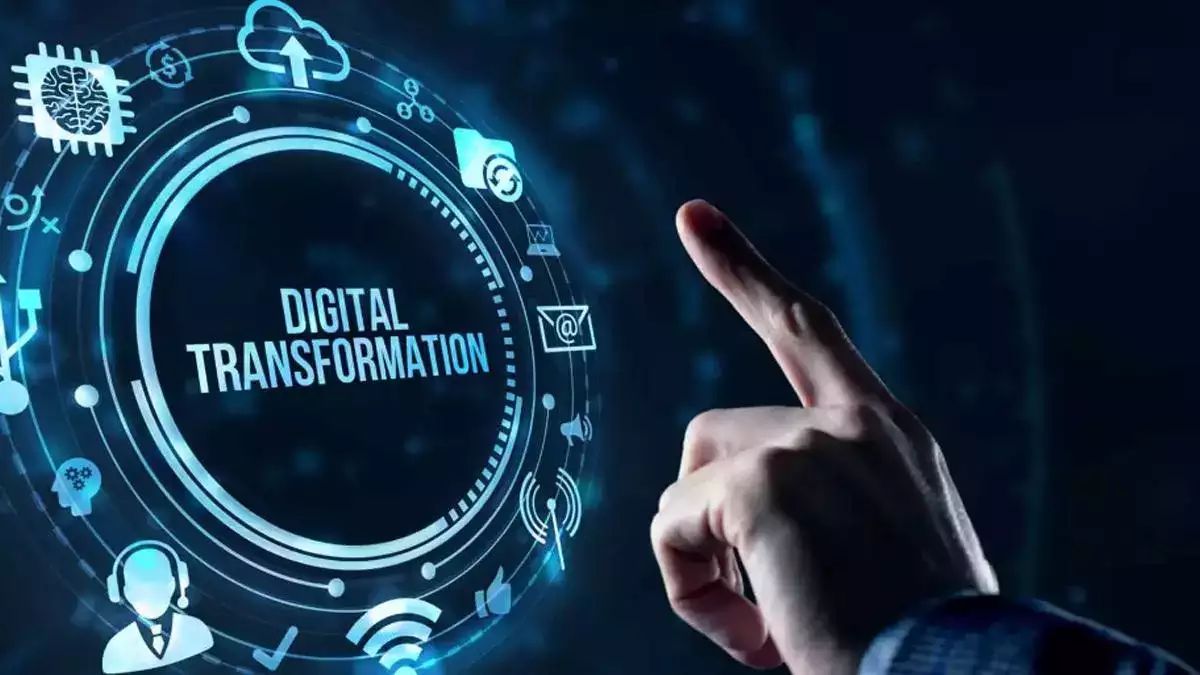
I recently wrote a white paper for XBP Europe, which you can download (see later). It’s all about how to be fit for the future and digital transformation, my usual subjects. Just to give a taste of the paper, here’s a small extract:
The obvious answer is to digitise the corporation. The harder question is: how?
The reason for the hard question is that, whether your company is twenty years or two hundred years old, if you have technical debt lying underneath the organisation then it is very hard to eradicate. That is changing and, for firms created in the 2020s, may mean that we could even get rid of the challenge of technical debt. Again, we can ask how, and the answer is: open systems.
In the last decade, everything has become open to change through open systems. The revolution began in the 2000s with two key developments: the mobile network of smartphones and cloud computing. It has since become even more revolutionised by the back office impact of analytics turbo-charged by artificial intelligence (AI). We talked about Big Data years ago; today it is better to talk about Small Data. Small Data is where data is pinpointed in real-time through systems to give customers the best experience ever.
Any data about any customer at any time and anywhere, can be pinpointed to reveal a range of insights that influence how you serve them, their payments track record etc.
The best examples of this practice is where we can use apps, APIs and analytics in a platform ecosystem. That line sounds technical, but it is all about re-engineering the front, middle and back office. For any organisation, renovating the whole structure of the business is the need today, if you want to be nimble and lean, open and integrated.
At that time, we talked about product, process and people. The back office focused upon product and service, the middle office connected front and back, and the front office was all about face-to-face service. What we know now is that technology has massively changed things.
It is no longer about face-to-face. It is all about device-to-device. Everything is being replaced by device-to-device connectivity and, behind the scenes, device-to-device trade. What this means for corporations and financial institutions is how to re-engineer their businesses for device-to-device commerce.
Read and download the rest here:
Chris M Skinner
Chris Skinner is best known as an independent commentator on the financial markets through his blog, TheFinanser.com, as author of the bestselling book Digital Bank, and Chair of the European networking forum the Financial Services Club. He has been voted one of the most influential people in banking by The Financial Brand (as well as one of the best blogs), a FinTech Titan (Next Bank), one of the Fintech Leaders you need to follow (City AM, Deluxe and Jax Finance), as well as one of the Top 40 most influential people in financial technology by the Wall Street Journal's Financial News. To learn more click here...

